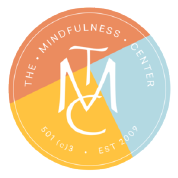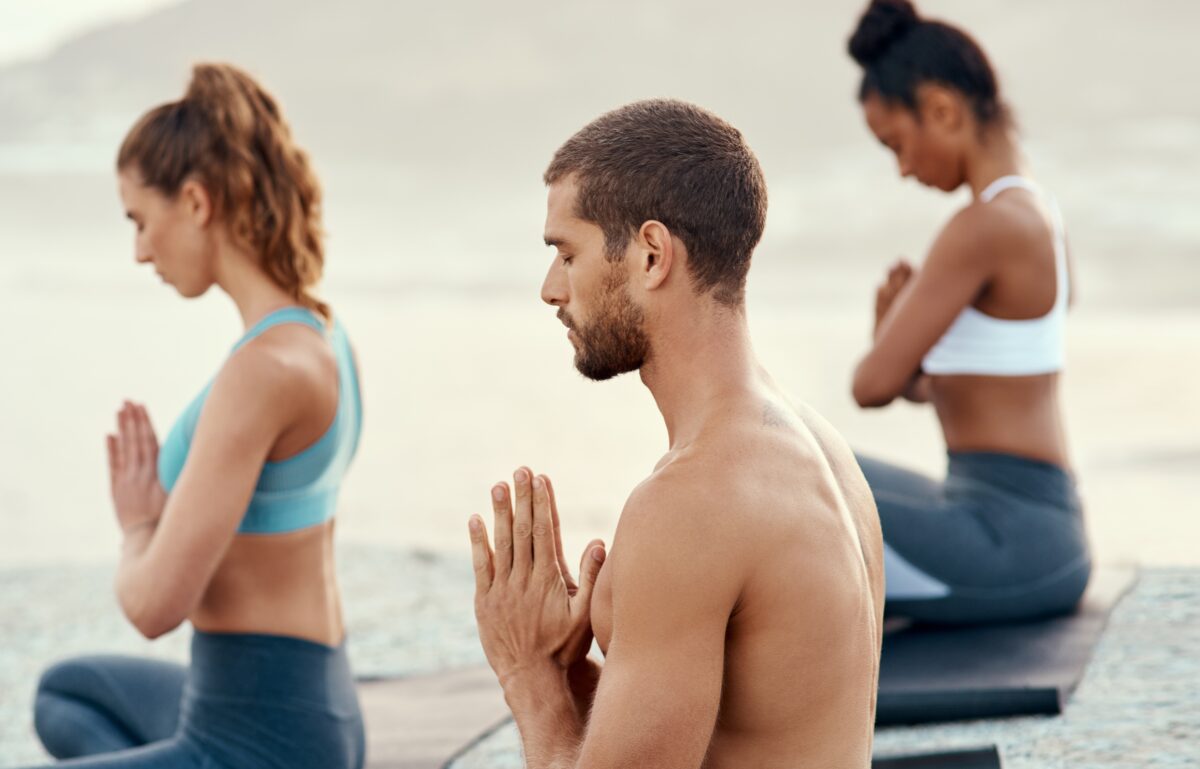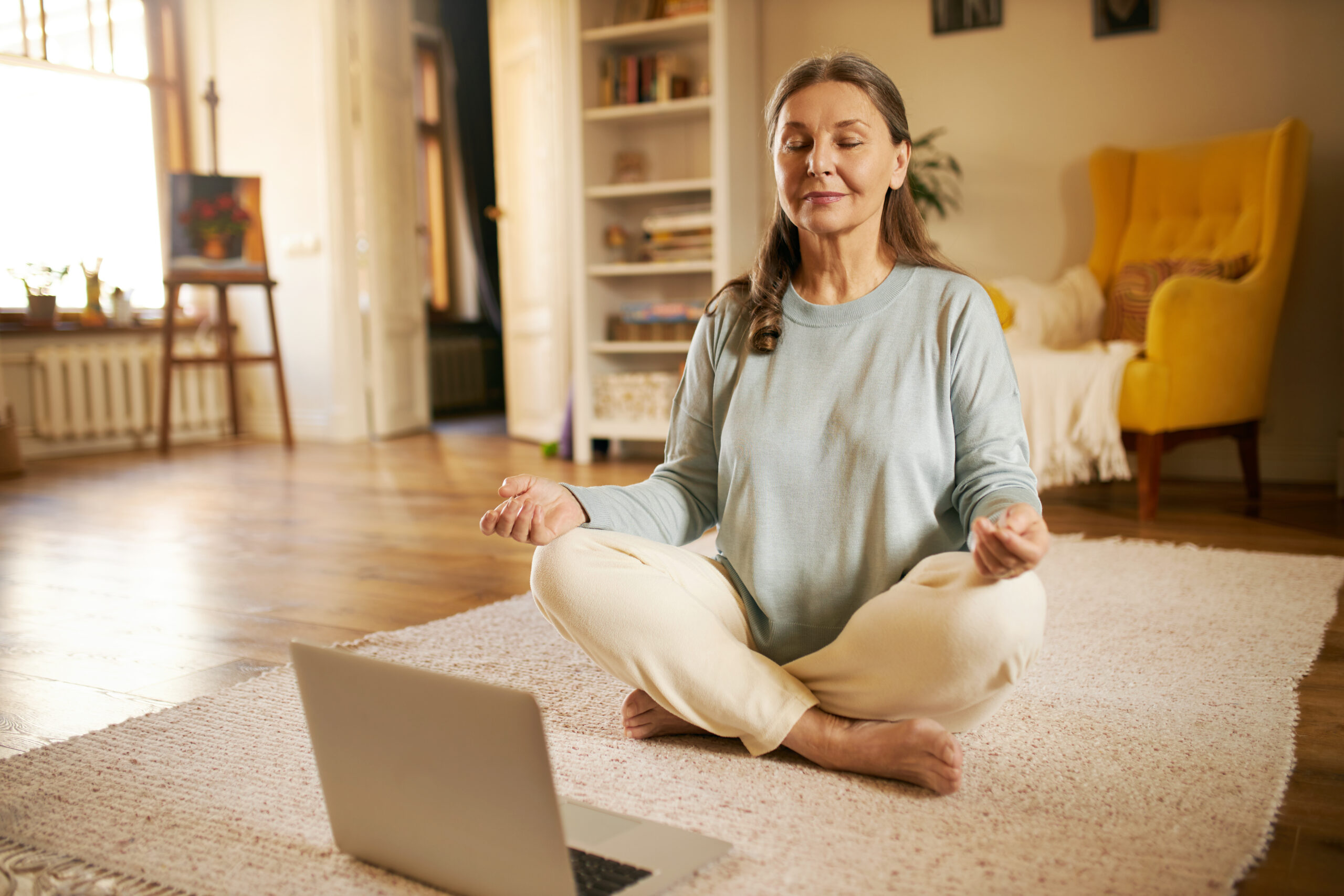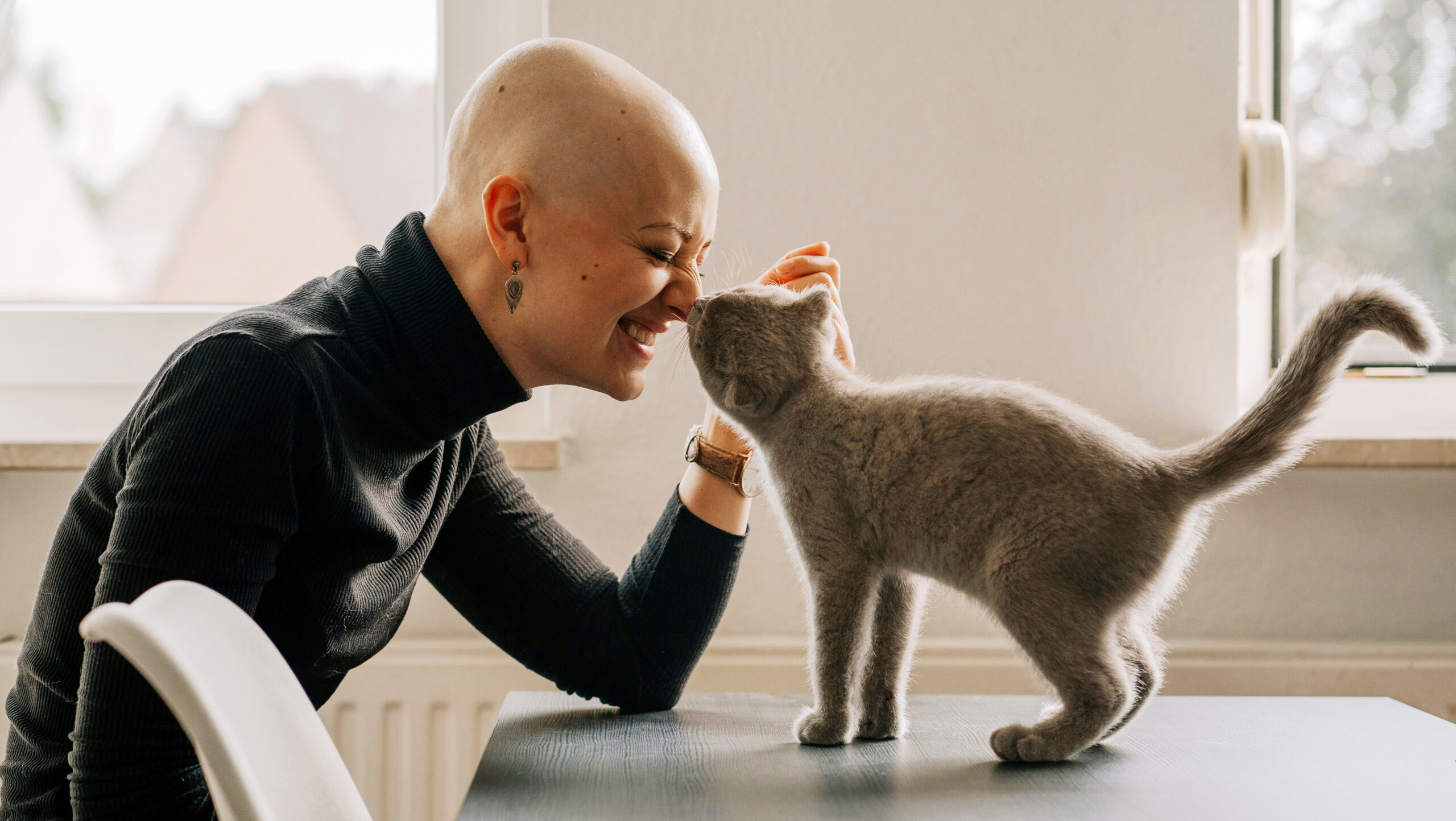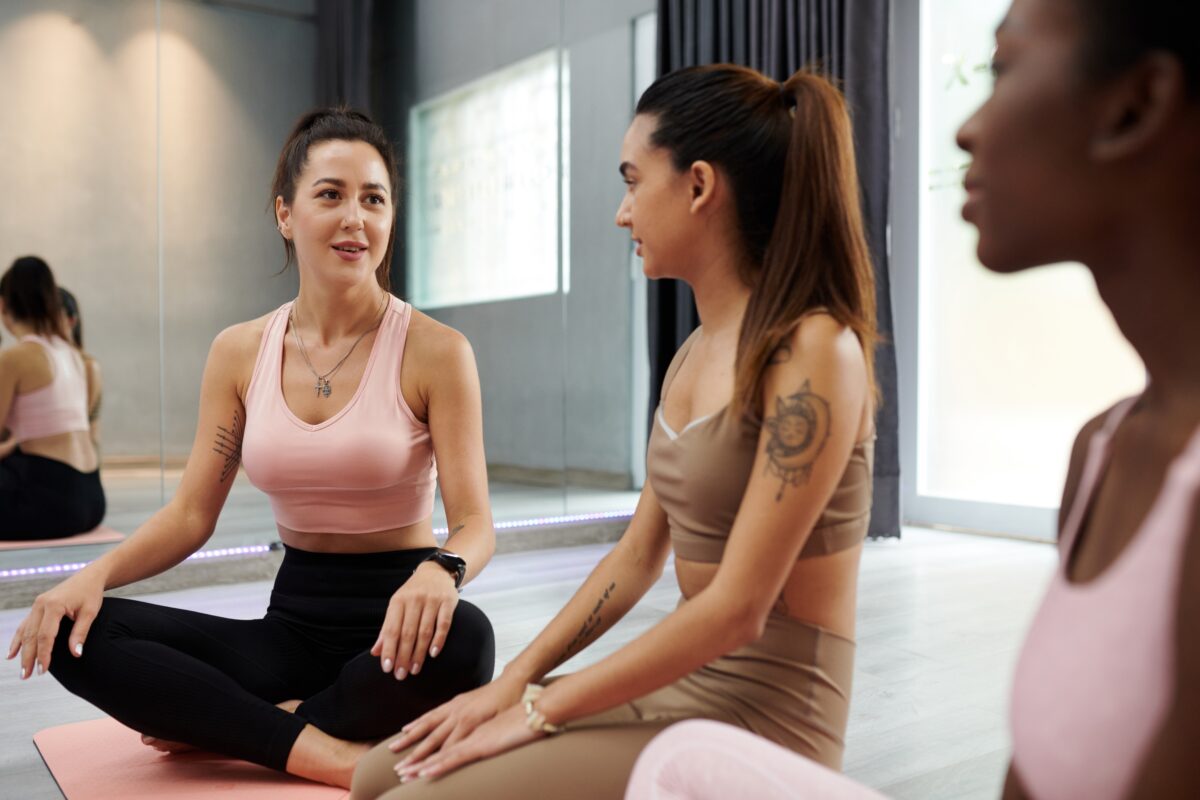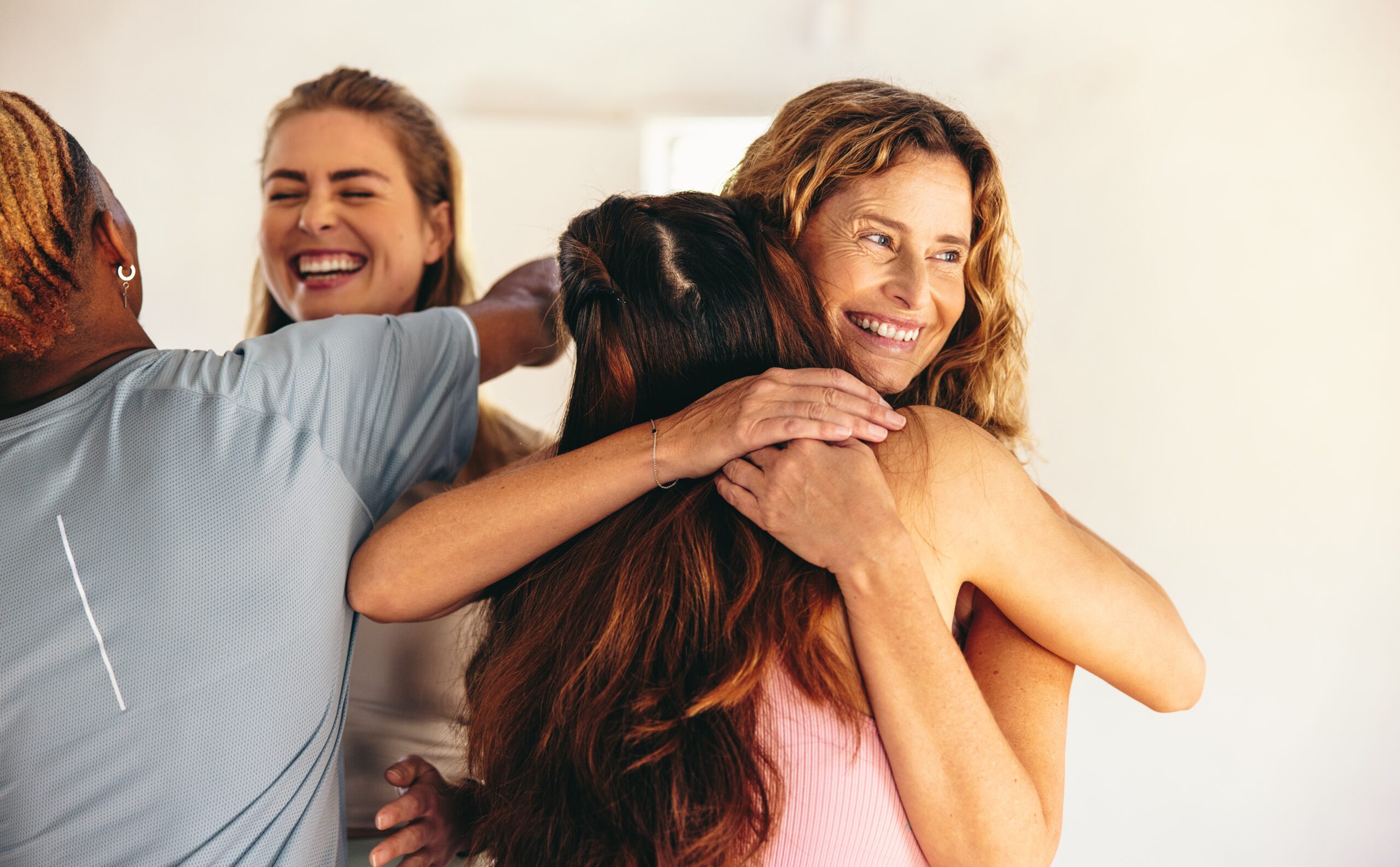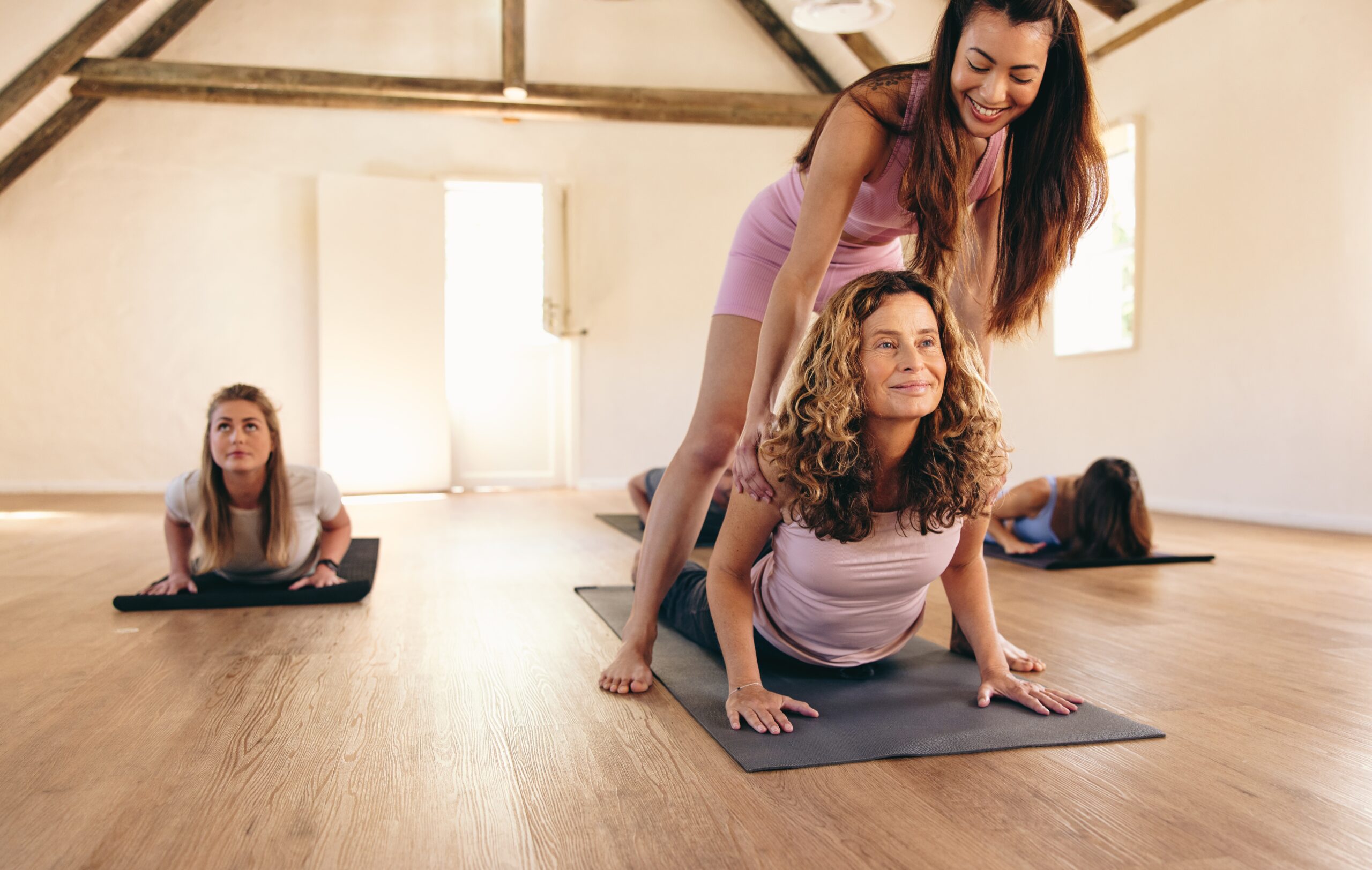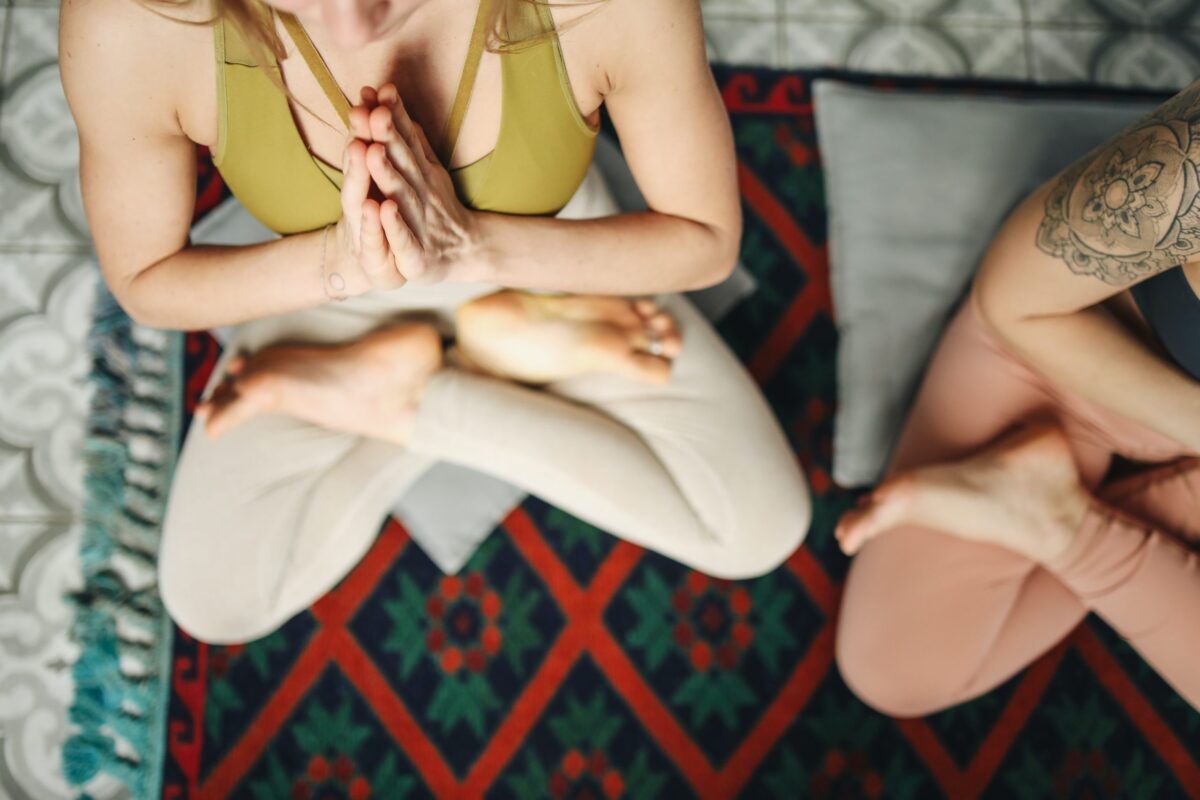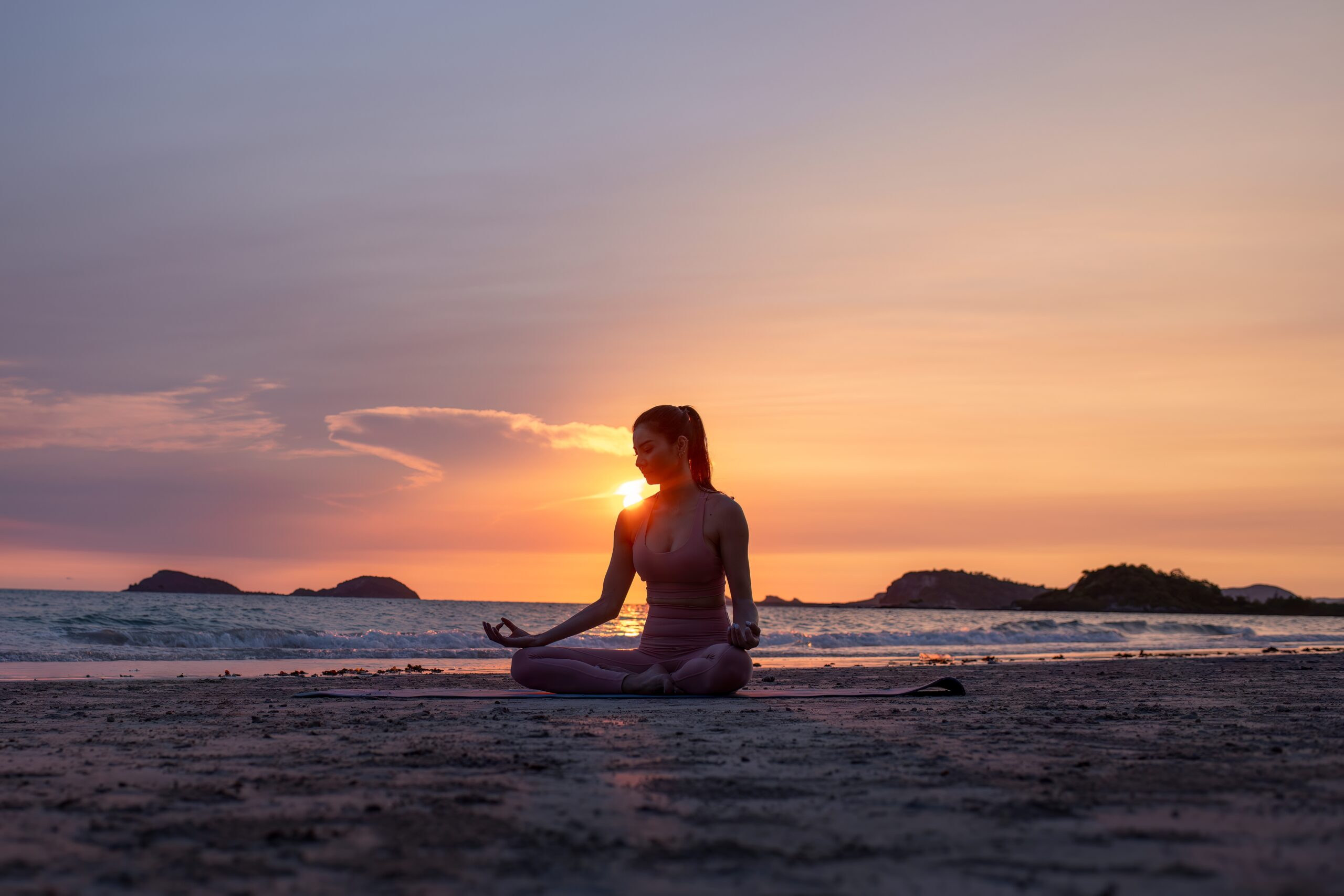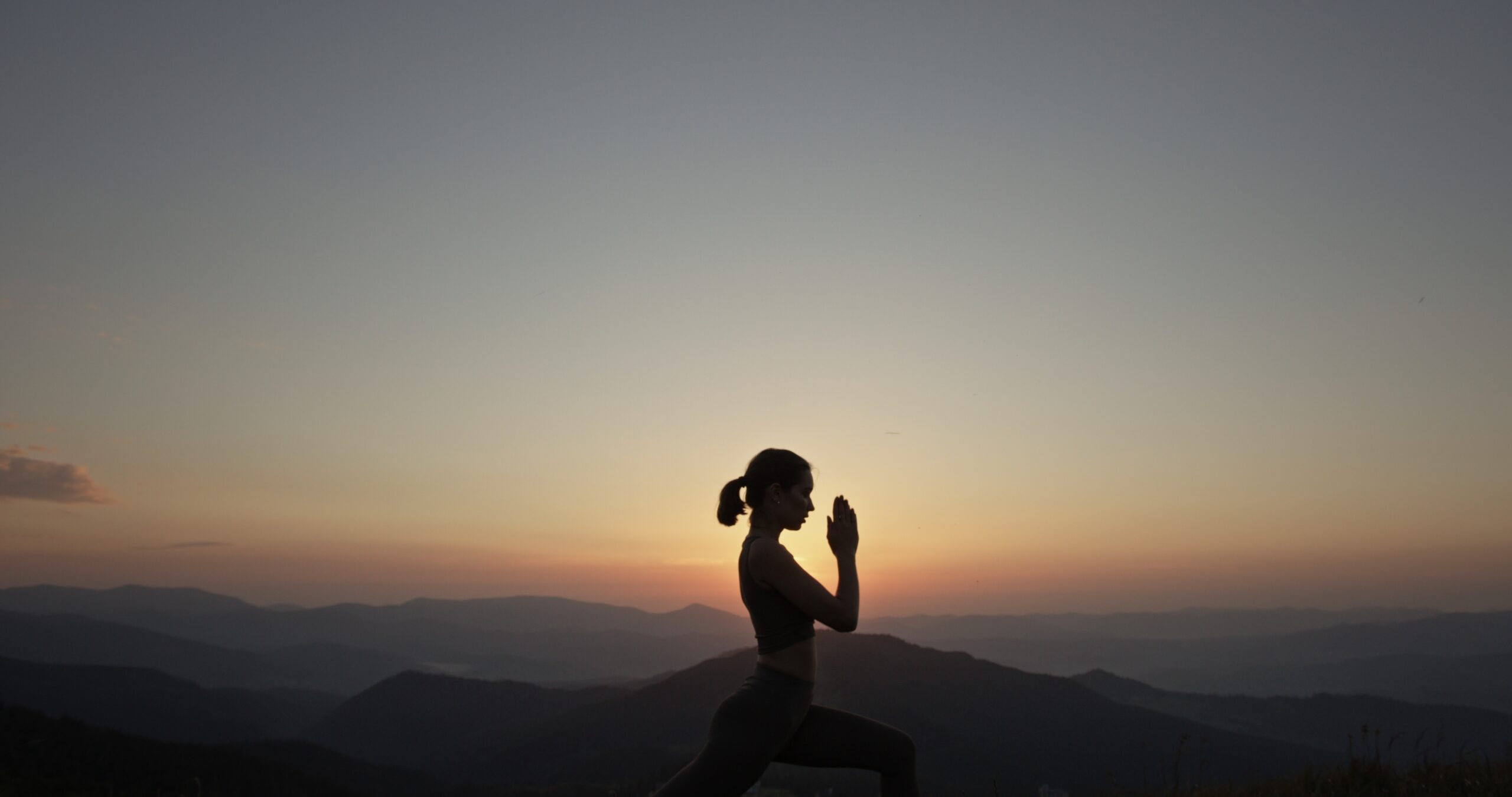While we hear the terms “mindfulness” and “meditation” almost interchangeably, there is an important difference and relationship between the two words. By understanding this relationship, we can deepen our comprehension of both the practice and its outcomes.
The difference between meditation and mindfulness is that one is a practice and the other is a state of being. Meditation is what we are doing when we are sitting on the cushion with our eyes closed, or however you practice. Mindfulness is what we gain as a result of the practice. Meditation is to strength training as mindfulness is to being strong. As a result of strength training, we become strong. As a result of practicing meditation, we become mindful. Just as being strong is a state of being, mindful is also a state of being. By closing your eyes and witnessing yourself breathing – meditating, palpable shifts begin occurring within you, potentially changing your state of being. Mindfulness is arising within you.
“Mindfulness” is now also used to refer to a specific type of meditation, as in Mindfulness Meditation, as opposed to Transcendental Meditation or Kundalini Meditation, and many other forms of practice. What all forms of meditation practice share in common is the use of a single point of focus to begin to still the mind. In closed-monitoring practices, one remains focused on that single point. What varies with the different practices is where we aim that point of focus. Transcendental meditation focuses on a mantra repeated over and over. Kundalini focuses on ecstatic awareness. Compassion meditation practices focus on sensations from the heart. Other forms of the practice may focus on a visual experience or point, such as a candle. And others may focus on a sound, such as a chime, or singing bowl. Transcendental Meditators remain in that closed-monitoring state, continually focused on their mantra.
In Mindfulness Meditation the point of focus is sensate awareness of interoceptive experiences. This can include the full gamut of sensations that may arise in the body, including sensations of the breath moving in, through and from the body, circulation, digestion, a specific body part, or the felt sense of thoughts flowing through the head. It may also include sensations of pain, or relief, hunger, or satiety, etc, noticing where in the body these sensations are arising. In Mindfulness Meditation, one can shift at any time to open monitoring – that is, letting go of the single point of focus, and noticing and experiencing anything that arises in the sensate awareness. One may start the practice focused on the sensations of breathing, and perhaps once the mind is stilled, shift to a broader perspective of anything that comes up. This is similar to focusing on a specific point on the horizon, and then stepping back, expanding both the breadth and the depth of the perception, and noticing the full horizon!
I define Mindfulness Meditation as being in a curious state of awareness. During the practice, we continually invite ourselves back to curiosity about the sensate experiences of being. What do I feel like, and where in the body do I feel it? This practice activates specific regions of the brain, and measureable growth occurs in these regions. Mindfulness Meditation is associated with activation and growth in the anterior cingulate cortex (ACC), a part of the brain that regulates self-awareness, self-regulation and self-control. The behavioral consequence of this practice and growth of the ACC is greater feelings of self-integration, control, and resilience. We feel more open-minded, aware and present – more mindful.
Since different forms of meditation practice have been found to have different effects on the structure and function of our brain, our biochemistry, and behavioral outcomes, it is relevant to pick the type of meditation practice that works best for you. Mindfulness Meditation has been shown to be one of the most effective self-care practices for the relief of chronic pain. Something about directing our attention towards pain facilitates the actual resolution of pain. Mindfulness Meditation is also effective in rebalancing the brain biochemistry and even helping to restore balance to hormones such as cortisol, thyroid hormones, estrogen, testosterone, insulin, growth hormones, and mineral corticoids regulating bone density. (Yes, sitting on a cushion meditating has been found to improve insulin function, and in other studies, to increase bone density!)
All forms of meditation lead to enhanced states of being. Just like all forms of exercise improve overall well being. At different times in our lives, we may find different forms of exercise more appropriate for our condition. I encourage exploring the meditation practice that works for you. What makes you feel better? The exploration itself is part of the practice that leads to greater mindfulness.
Interested in Meditation Training? Learn more by watching our Meditation Training Playlist on Youtube!

Deborah Norris, Ph.D.
In 1996, Debbie was diagnosed with severe fibromyalgia, which left her in chronic pain; doctors said there was no cure and nothing could be done. Debbie, a research scientist, began researching the underlying causes of her condition and took up practices to reverse these causes. Debbie began doing things to gradually increase her physical, mental and emotional well-being, including gentle yoga for the physical pain, nutritional changes to increase her energy and meditation to relieve stress. By incorporating these practices, Debbie reversed her condition and returned to an active, healthy life. After an accident in 1999, Debbie suffered a traumatic brain injury and was diagnosed with seizures, impaired vision and chronic headaches. Once again, Debbie researched ways to heal herself using mind and body practices, and once again, Debbie was able to heal herself and live a healthy life free of seizures and pain. In her practice, Dr. Norris draws on both her scientific research and ancient wisdom to integrate lifestyle elements of meditation, physical exercise, spiritual development, relaxation therapy, nutrition and herbs for maximal health and happiness!
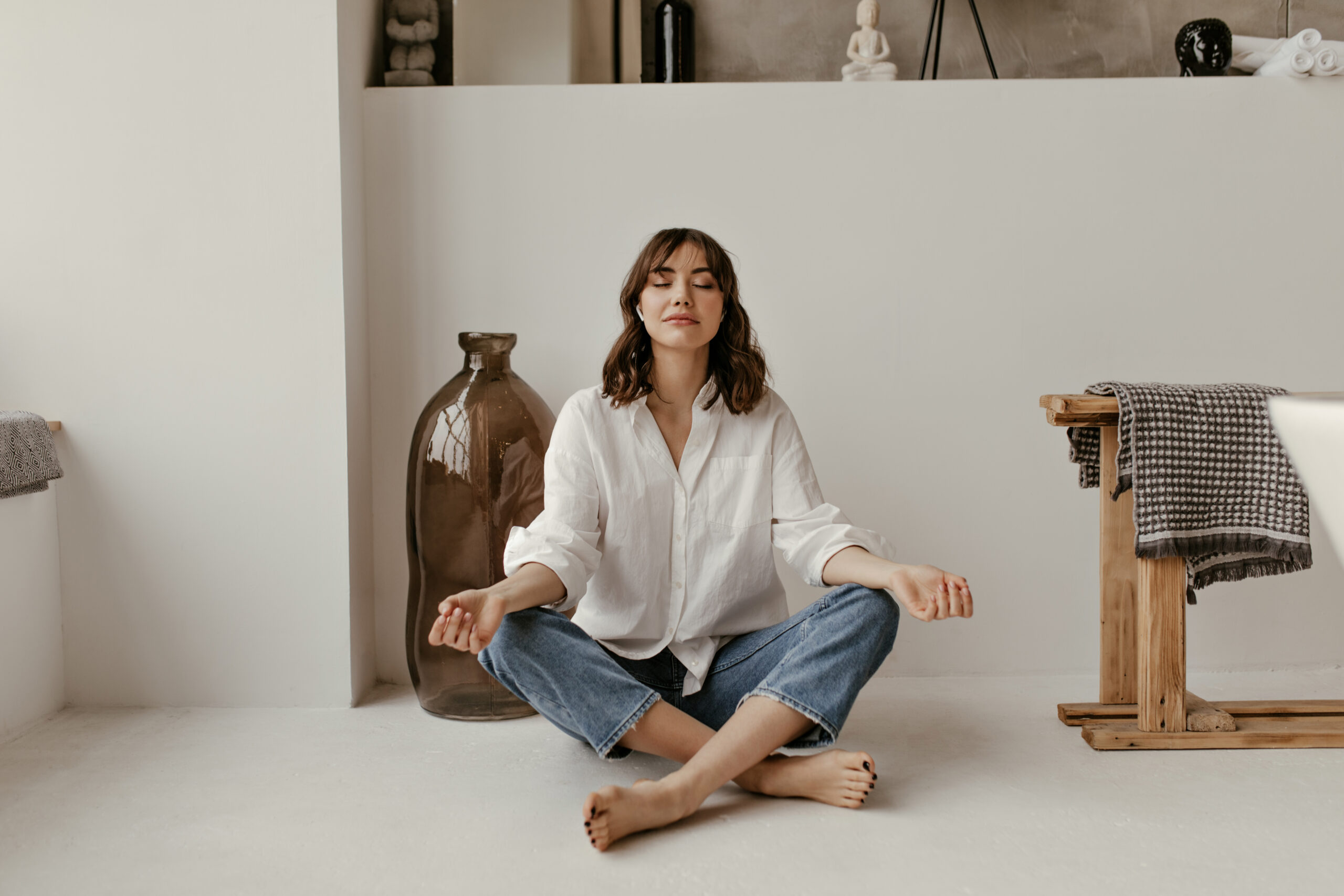
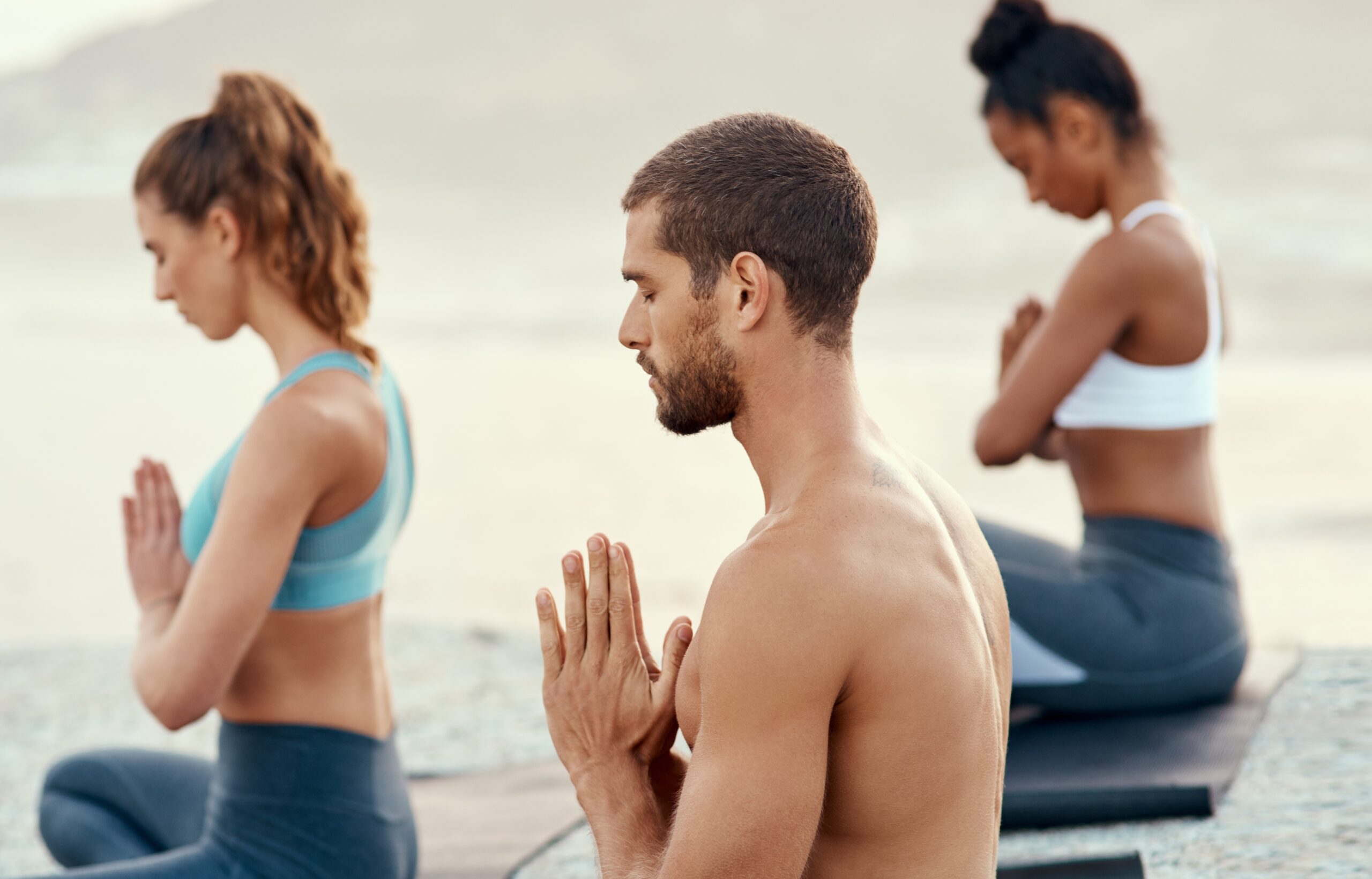
Social Media
Most Popular
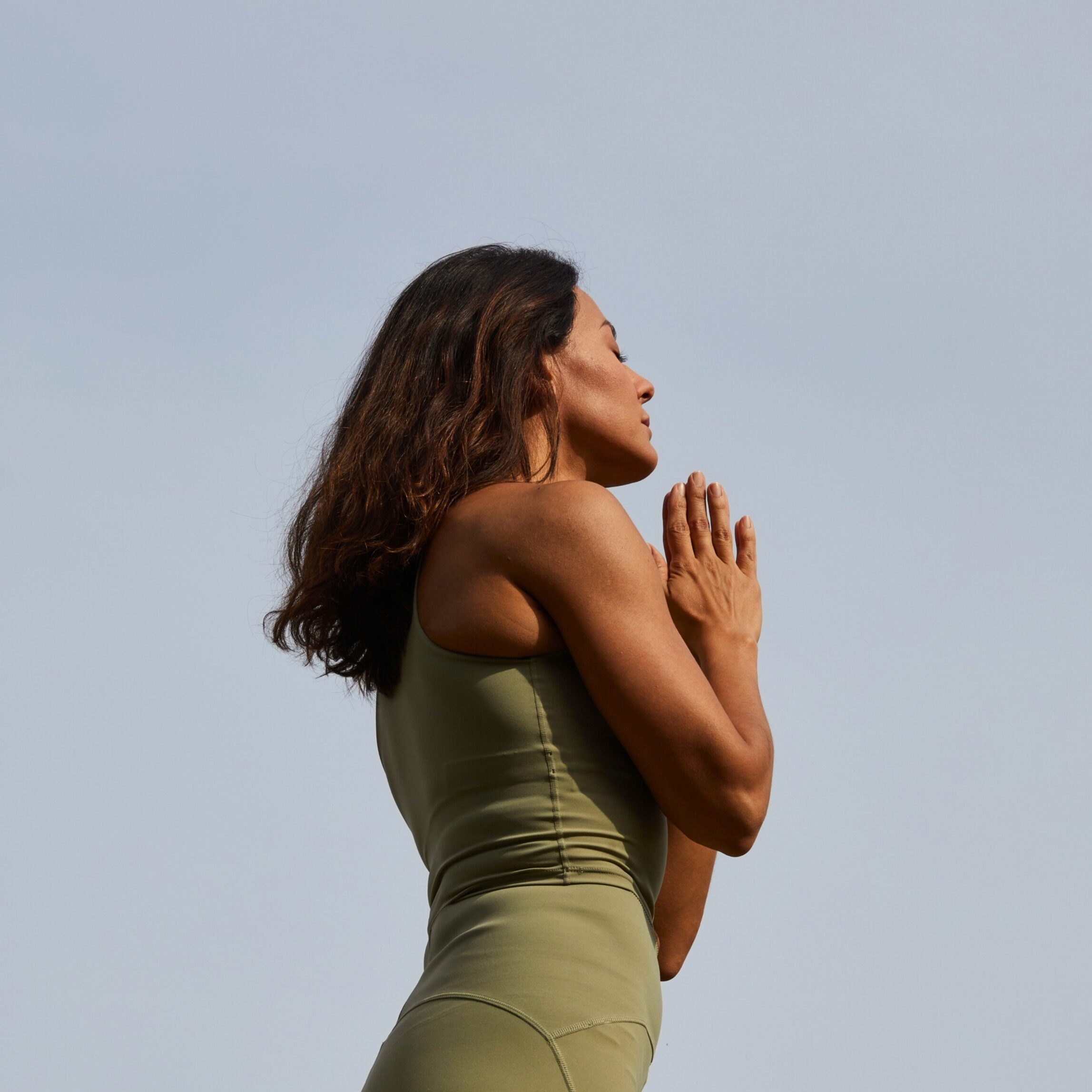

Mind-Body Influences of a Solar Eclipse

Journey to Well-Being

